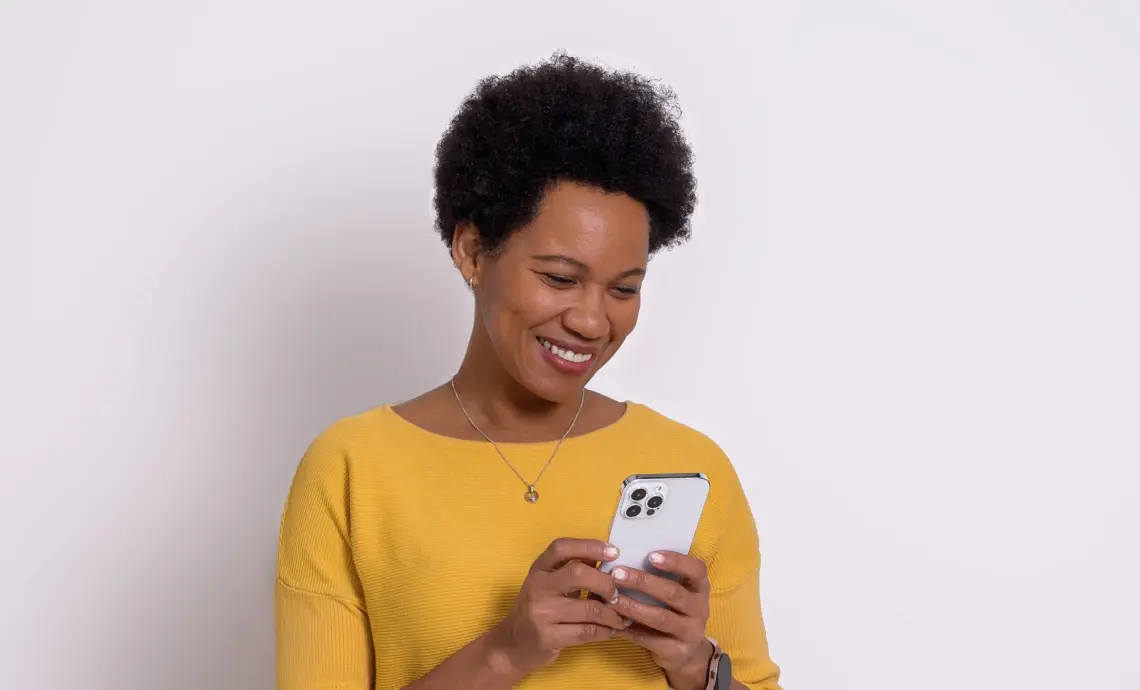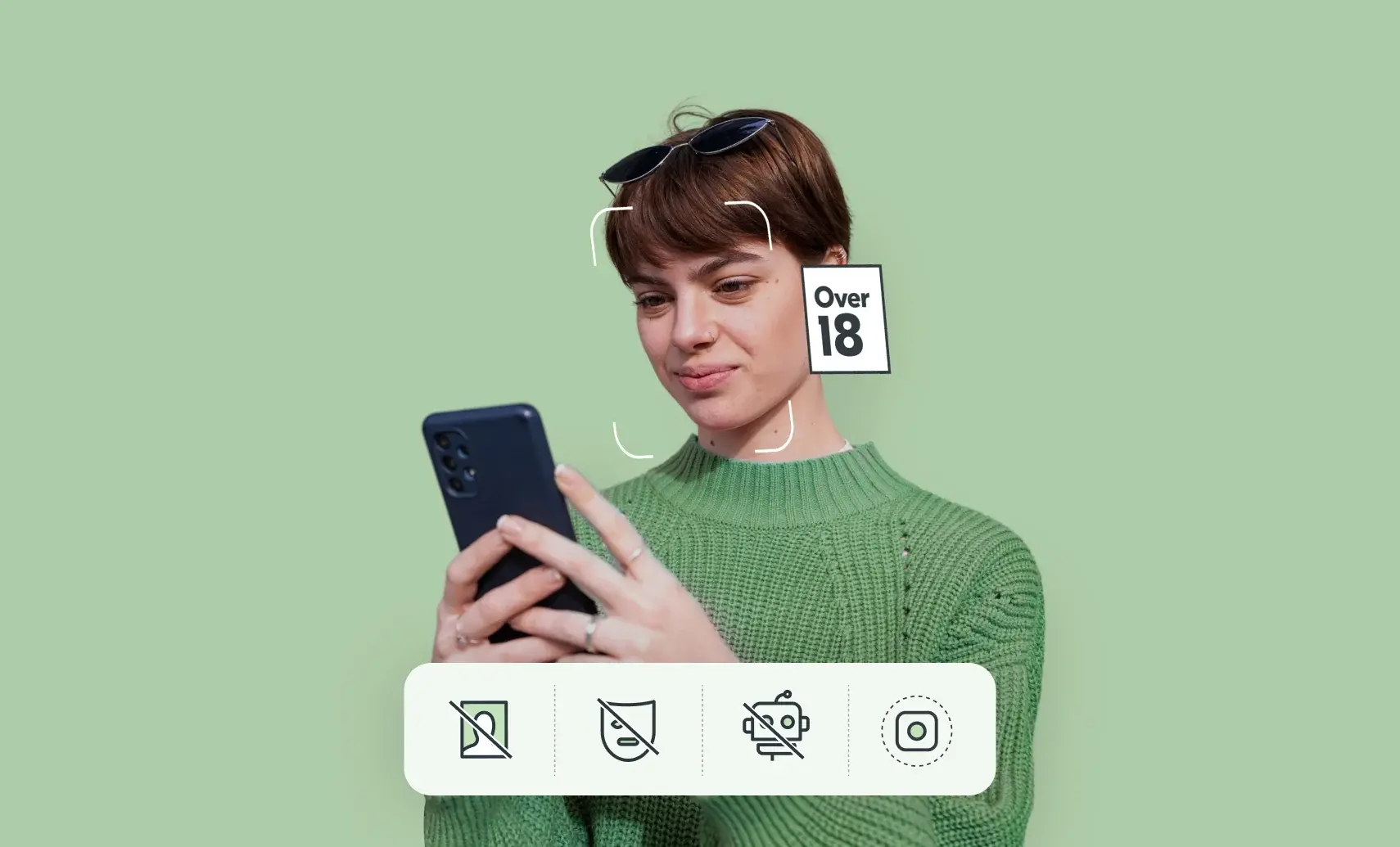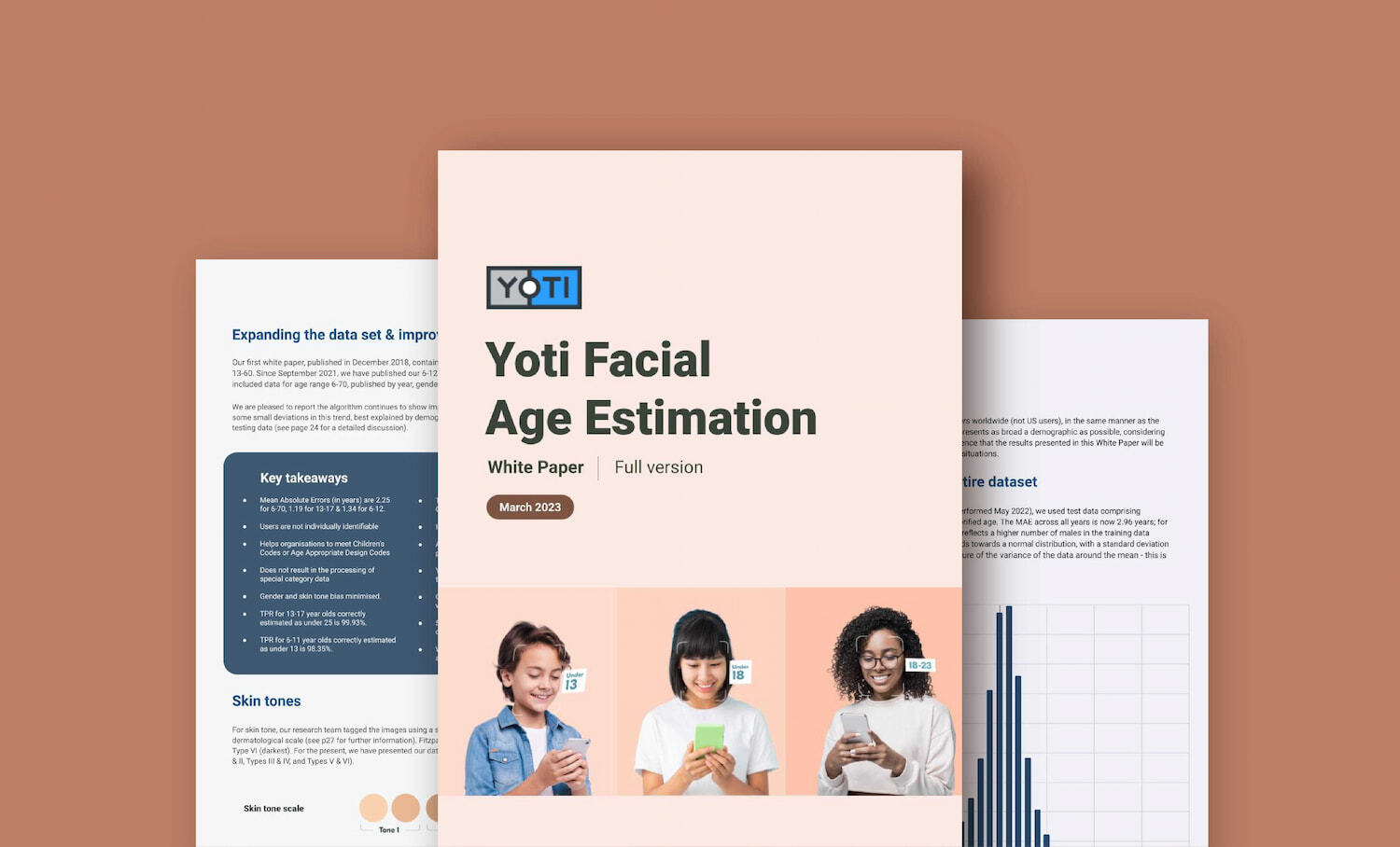Age assurance
Making age checks inclusive
In today’s world, we can access a range of goods, services and experiences online. As a result, regulations are being passed across the globe to ensure that young people safely navigate the digital world. From the UK’s Online Safety Act to age verification laws in the US, platforms are being required to check the ages of their users. To do this effectively, the age assurance methods offered must be inclusive and accessible to as many people as possible. Why can’t businesses just use ID documents? Most people tend to think of age assurance as checking a person’s age
US age verification laws for online platforms
From buying goods online to accessing crucial services, there are countless advantages to an increasingly digital world. But with this development comes the serious challenge of ensuring that users can safely navigate online environments. As young people are able to access the internet more easily than ever, it’s important to make sure that their online journeys are age-appropriate. According to a national survey, the average age at which children in the US first see pornography is 12, with 15% first seeing online pornography at age 10 or younger. In response to the evolving digital landscape, regulation is making strides to
The Age Appropriate Design Code for businesses
This blog was updated in February 2024, following the ICO’s updated opinion on age assurance for the Children’s Code. In a nutshell the main changes include: Facial age estimation is now recognised as the most widely used age estimation approach, with high levels of accuracy. Self-declaration on its own is not sufficient for high-risk services. The ICO has also introduced a new term, the ‘waterfall technique’. This refers to a combination of age assurance methods. Companies should ensure that any age assurance system implemented has an appropriate level of technical accuracy, reliability and robustness, whilst operating in a fair way
Understanding verification requirements in the new Digital Services Act
The EU’s new Digital Services Act (DSA) will apply from the 17th February this year. Originally only applicable to ‘very large online platforms’ (VLOPs) and ‘very large online search engines’ (VLOSEs) with over 45 million monthly users, it will eventually be expanded to cover all online intermediaries and platforms that offer their services to users based in the EU. These include online marketplaces, social networks, adult content companies, content sharing platforms, app stores, and online travel and accommodation platforms. To comply with certain parts of the Act, platforms will need to have effective verification of business users and support age-appropriate
The importance of anti-spoofing for facial age estimation
It has been claimed that facial age estimation technology can be easily spoofed. The proliferation of news on generative AI and deepfakes has added to the conversation, and there is doubt and concern over the security of online safety systems. Suffice to say, we’ve thought of that. We have developed a suite of anti-spoofing tools to ensure your check is real, valid and accurate. Our experience working with organisations to implement age verification has enabled us to identify and cover risks and vulnerabilities. When we perform an age estimation check, we are actually performing a number of security checks simultaneously.
Facial Age Estimation white paper
Making it faster and safer to prove your age Our age estimation technology accurately estimates a person’s age by looking at their face. We built it to give everyone a secure and private way of proving how old they are in different everyday scenarios: from age checking on social platforms and online stores, to supermarket self-checkouts, bars and clubs. This privacy-friendly approach to age verification doesn’t require any personal details or documents, and all information is instantly deleted once someone receives their estimated age – nothing is ever viewed by a human. Key takeaways from





